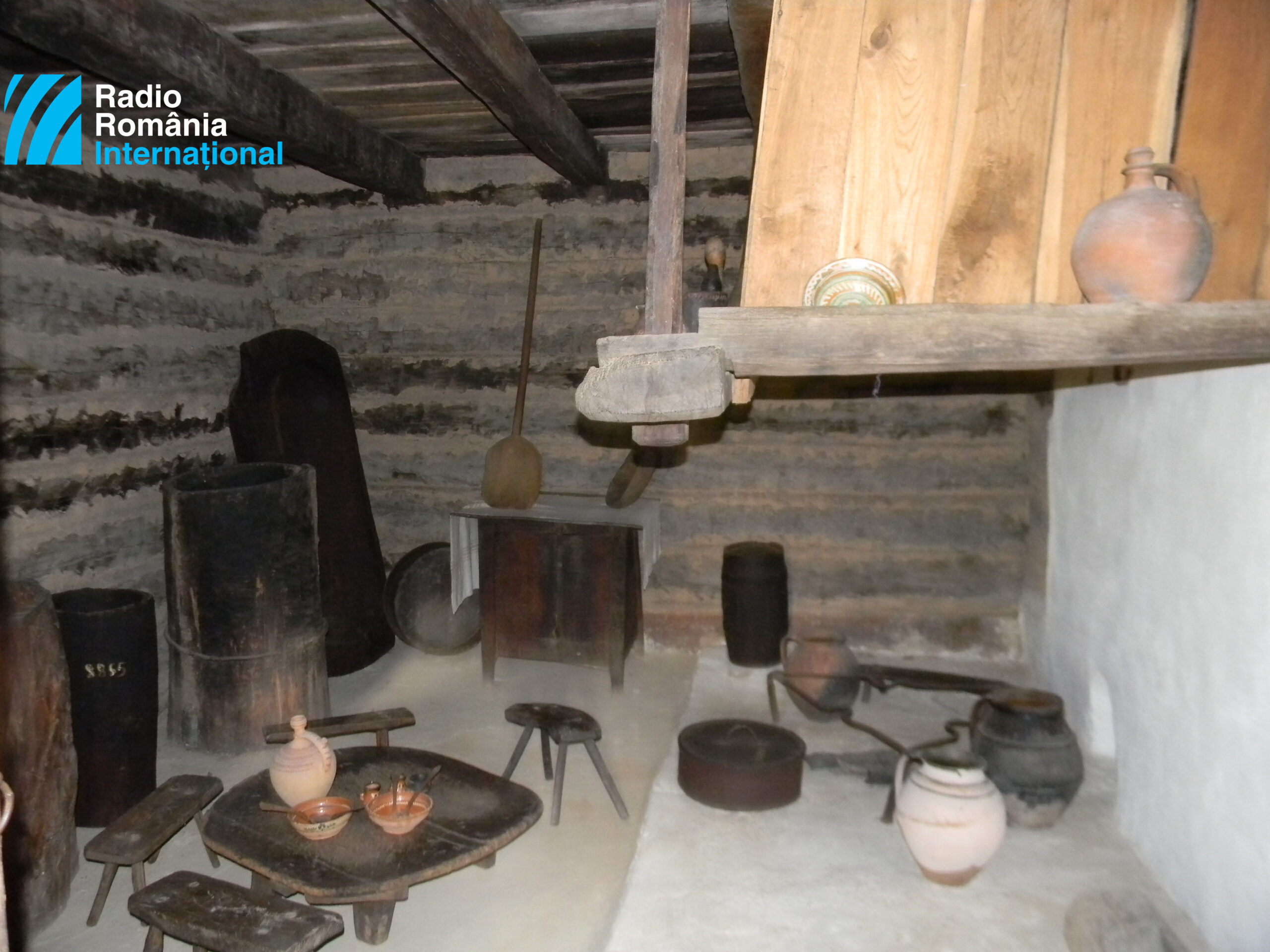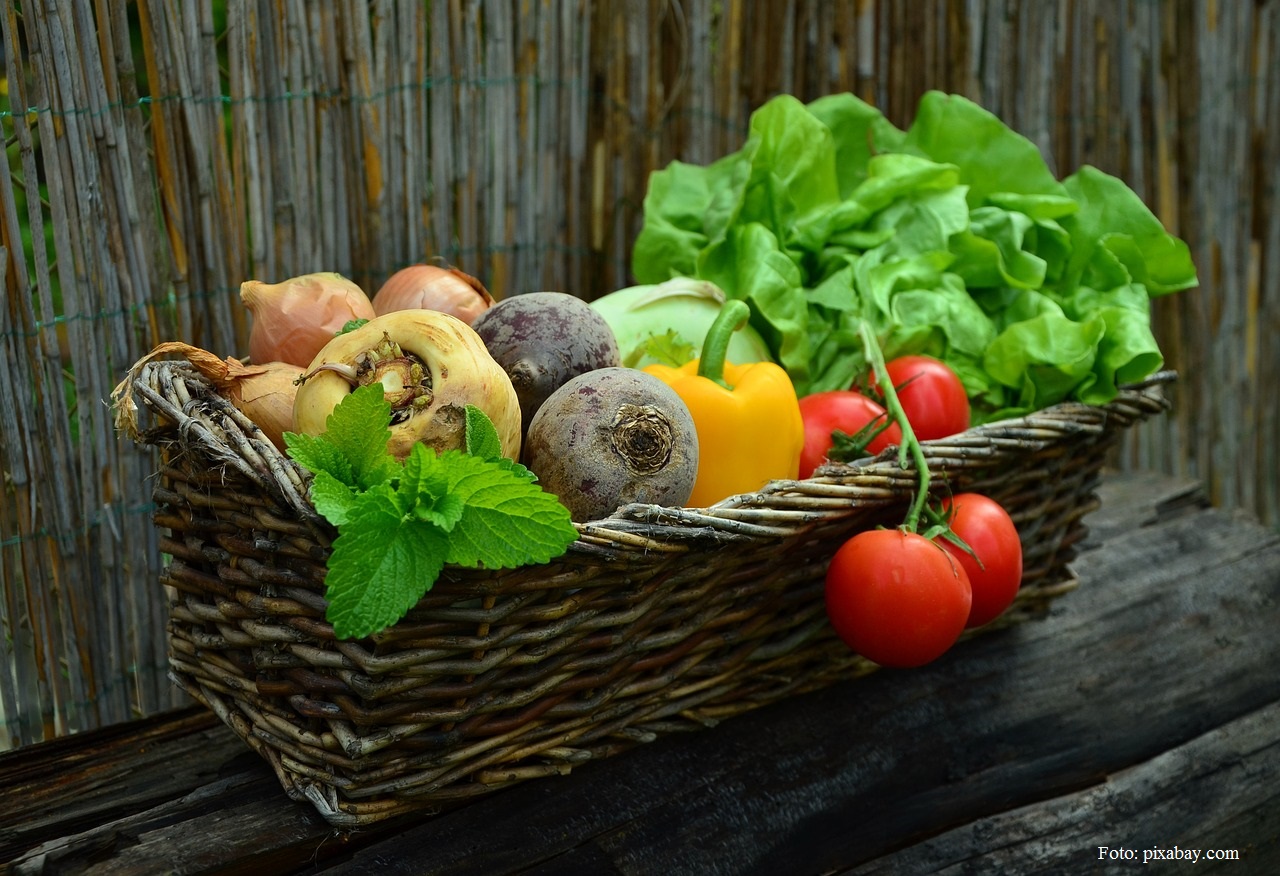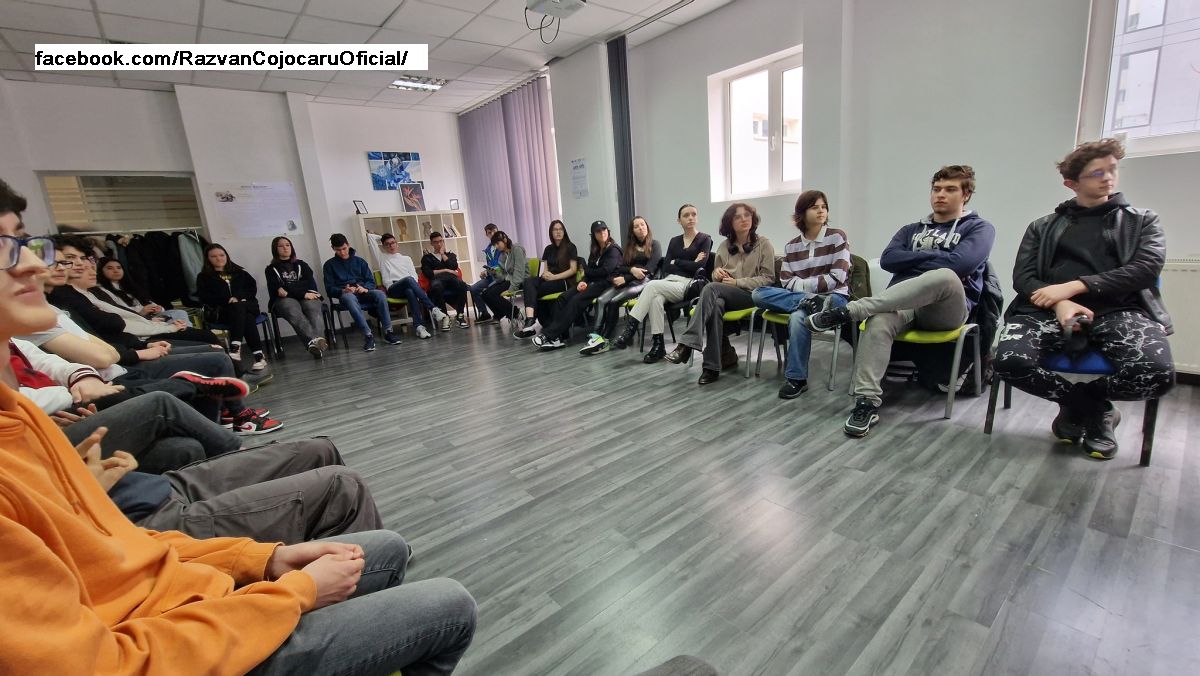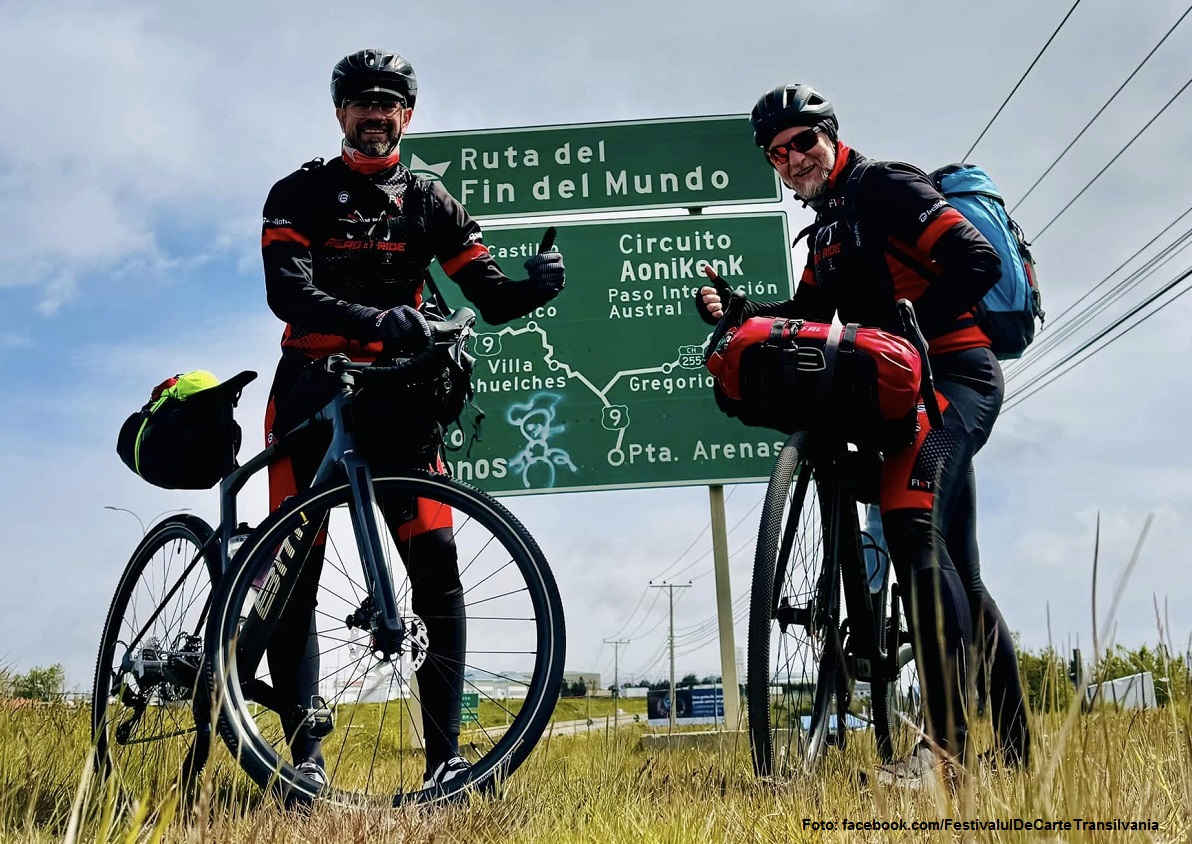Traditional crafts in Gorj
In 2008, the UNESCO Intangible Cultural Heritage of Humanity list was officially created

Ana-Maria Cononovici and Ștefan Baciu, 15.10.2024, 13:37
In 2008, the UNESCO Intangible Cultural Heritage of Humanity list was officially created, in accordance with the provisions of the “Convention for the Safeguarding of the Intangible Cultural Heritage”, adopted in Paris in 2003. From then until now, nine Romanian customs have been registered in this list. On the UNESCO Representative List of the Intangible Cultural Heritage of Humanity, Romania appears with: the Caluș Ritual(since 2008), the Doina (2009), the Horezu Ceramic Artisan Crafts (2012), the Male Choir Carol (2013), multinational registration with the Republic of Moldova, The Lads’ Dance (2015), Traditional wall covering making techniques (2016), multinational registration with the Republic of Moldova, cultural practices associated with the 1st of March (2017) – Marțișorul, multinational registration with the Republic of Moldova, Bulgaria and the former Yugoslav Republic of Macedonia, the art of the traditional embroidered shirt (2022), multinational registration with the Republic of Moldova, as well as the breeding traditions of Lipizaner horses (2022), multinational registration with Austria, Bosnia and Herzegovina, Croatia, Italy, Slovakia, Slovenia and Hungary. Although it seems that our country would do well to preserve the elements of countryside tradition, those who actually manage to pass on the traditional crafts are few in number.
At the “Constantin Brâncusi” Traditional Arts School in Târgu Jiu, two craftsmen have specialized classes in woodworking and pottery, and they told us about their experience. Marin Daniel Preduț, instructor of the Traditional Arts School, specialized in Wood Working Art, shared with us:
“This passion came to me some time ago, about 3 years ago. I was abroad for 8 years and, when I returned to the country due to the pandemic, I opened a small carpentry workshop. I said I’d try a little business during the crisis. So far I’m satisfied with how far I’ve developed: apart from the wood-carved icons and the platters, or bottoms, as I call them, I also build cabins, gazebos, swings. They are mostly bought by people who truly love wood.”
Our interlocutor told us that carving an icon takes from 20 minutes to an hour, but then it is painted, which takes much longer, applying a traditional, “secret” bath, after which they are varnished. As for the wooden cabins, I found out that a simple house, without a top floor, can be executed in a maximum of 7 working days. Perhaps you are wondering what was the most complex work executed so far? Here is Marin Daniel Preduț:
“We had a park with European funds, at a boarding house, a large complex of about five cabins, a large gazebo, oven, sauna, the work of around half a year.”
Marian Măgureanu, teacher at the “Constantin Brâncuşi” Traditional Arts School, initiated the pottery circle at the Tudor Vladimirescu High School, and told us his story:
“I started with pottery, a Neolithic technique, shaping by hand. I am trying to say something about the way their grandparents, great-grandparents lived, they are very young, many of them have not even seen a salt shaker or a jug, I presented them to them, and they looked. Very rarely, one who has spent a little time in the countryside knows something. When they come back within a year, it means they liked it, they felt good, they come to relax, to go home happy. As I tell them, they should to do their homework with more energy, with more pleasure. Sometimes they produced various exclamations when, for example, I showed them the pitcher with a handle, it was something special! It seemed like a great, great innovation!”
Marian Măgureanu went into more detail, saying where he procures the clay:
“Traditionally, people dug for it in various places they knew, kept the secret of that place, and processed it several times over the course of a year. It had to stay outside to freeze under a roof, they took it into their house, cut it with a knife, several times, kneaded it by stepping on it, added water. At the end they made some cakes that they kept wrapped in something so they wouldn’t dehydrate. Now we get it either from various refractories factories, there are several sellers, we try to find the best source. After modeling, it rests to dry for a period of time in a space not exposed to the sun, it must dry slowly, otherwise it suddenly dehydrates and cracks. But we still don’t have an oven, now we can no longer burn in the traditional kiln that the potters had, we would have no place to build it and no way to use it. An electric oven that the larger workshops have would be useful, but we don’t have it yet. Through our colleagues we try to find someone who either has an electric oven or a craftsman in a nearby area who uses a kiln, and we burn the items now and then.”
A great enthusiasm keeps these craftsmen connected to their activity of transmitting the techniques acquired from the elders to the younger generations, and we hope for a more effective conservation of these crafts.






























